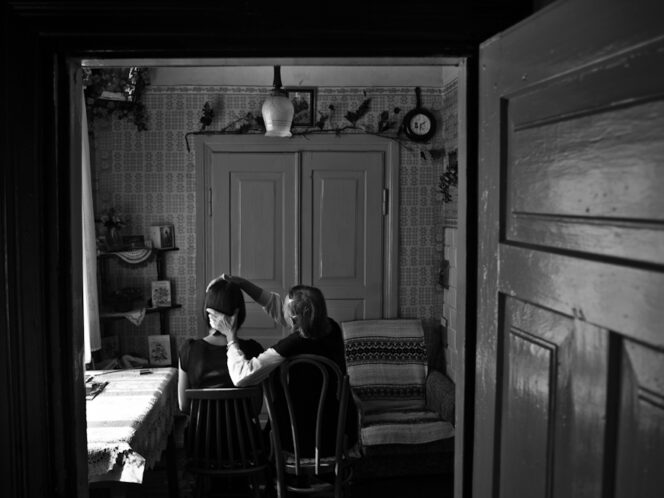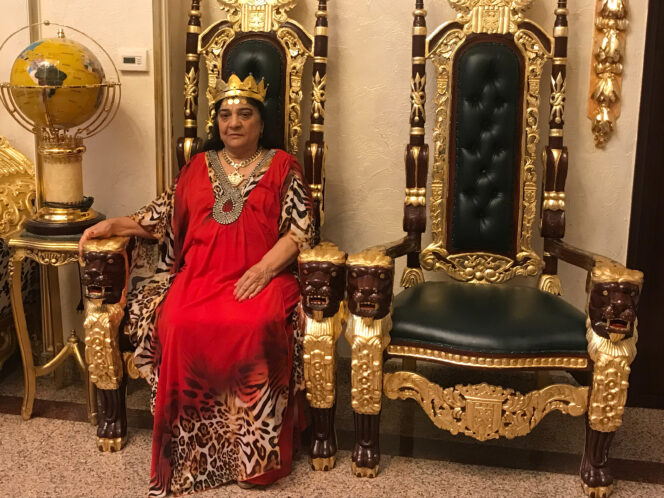
“There is no head above the head of a serpent: and there is no wrath above the wrath of a woman. I had rather dwell with a lion and a dragon than to keep house with a wicked woman. (…) What else is a woman but a foe to friendship, an inescapable punishment, a necessary evil, a natural temptation, a desirable calamity, a domestic danger, a delectable detriment, an evil of nature, painted with fair colours! (…) When a woman thinks alone, she thinks evil,” wrote inquisitor Heinrich Kramer in Malleus Maleficarum, known as The Hammer of Witches.
This 1487 treatise became a guidebook for early modern witch hunters. By 1600, it counted 28 editions and 30,000 copies – a jaw-dropping success given that the printing press was invented hardly 30 years before its publication. Soon, few remembered that Kramer was the type of frenzied hater who penned The Hammer in an act of retaliation. He had just been expelled from Innsbruck by the local bishop for causing scandals during his ferocious witch trials. Witnesses claimed that he developed a sexual obsession with one of the accused, Helena Scheuberin.
She was acquitted, but tens of thousands of other women were less lucky. Anything – from accurately predicting the weather to starring in some man’s wet dream – could make them suspicious. Between the 15th and 18th centuries, an estimated 40,000 to 60,000 people were burned at stakes across Europe – 80% of them women. Witch hunts were in fact women hunts.
500 years after the publication of The Hammer, we decided to find out what it means to be a witch in 21st-century Europe. We went to Spain, the site of the biggest witch trial in history; to Poland, where the last European woman was burned at stake; and to Romania, where Roma women are still being stigmatized as witches.
Our aim was by no means esoteric. The witch became the figure of a non-conforming woman who rebels, questions patriarchal dogmas, draws on her own wisdom and fights for her rights. Our heroines include not only urban witches and village healers, but also activists, artists, psychologists, actresses and other women who refuse to listen when they are told to be quiet.
For centuries, women were accused of dealing with the devil and burned. But what if, as Mona Chollet put it, the “devil” was just a code word for independence? Were these women executed for what today we call feminism?
Historically, a witch hunt was an act of erasure. The aim of our “hunt” is the opposite. We seek the granddaughters of the witches that Europe was never able to burn.
Written by Ada Petriczko, A








